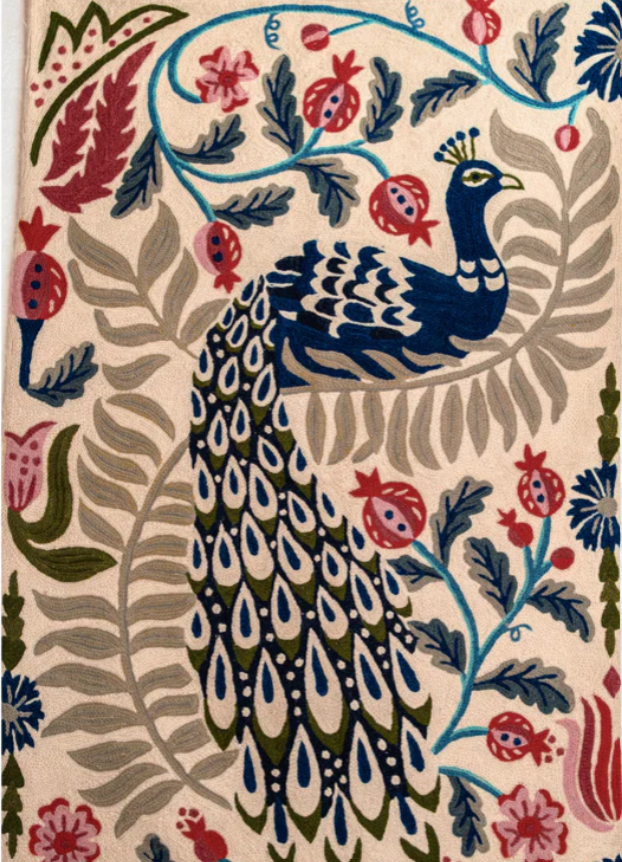tribal paintings
J&K Wall Art Making , jammu & kashmir
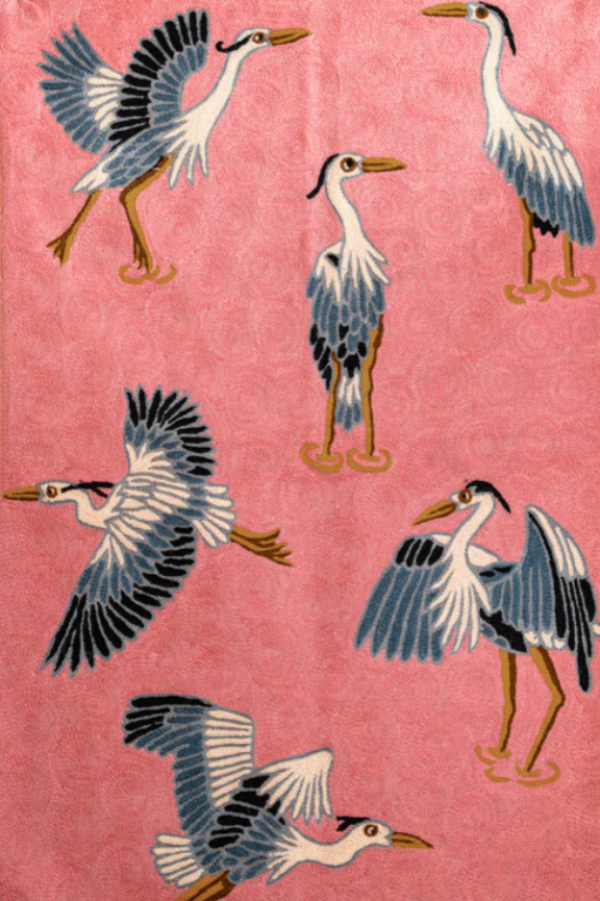
The tribal communities of Jammu & Kashmir, especially from far-off places, engage in wall art as a symbol of their cultural identity. It's usually passed through generations with old people guiding others about the symbols and motifs associated with every activity. Wall art making is both a practice that decorates houses and tells a story for the people involved. Every pattern and figure that is painted carries significance, symbolizing elements of tribal lore, values, and their strong connection with their surroundings
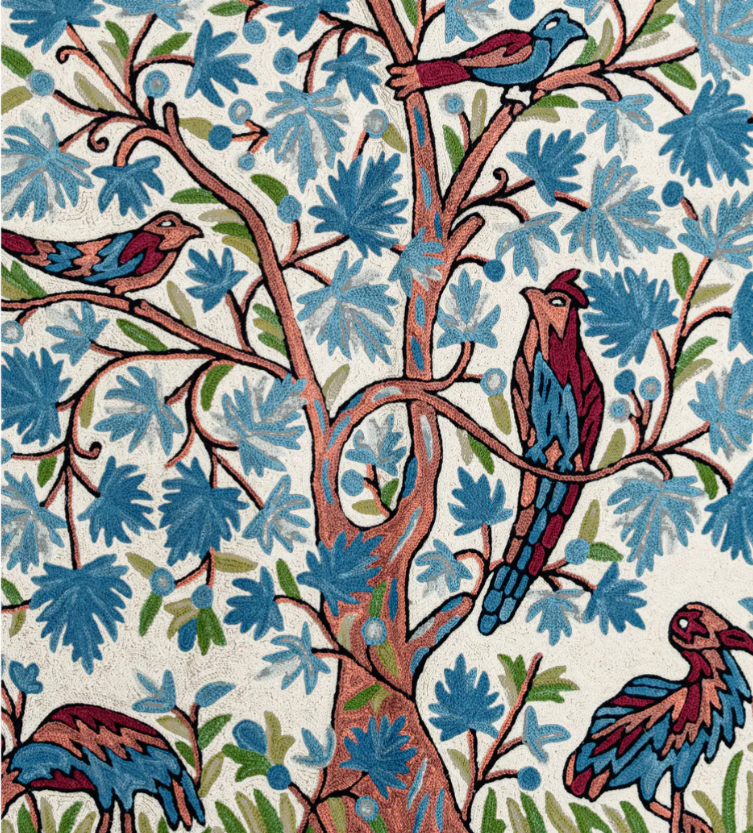
Wall art in Jammu & Kashmir, consisting of murals and paintings, is an important element of tribal expression. The artwork generally comprises natural patterns and elements derived from tribal mythology, including animals, trees, and celestial symbols. These paintings establish a harmony between the community's physical environment and their beliefs, representing an ideal relationship with nature. The wall paintings represent the art form of the tribe, which conserves myths and symbols of spiritual and cultural relevance.
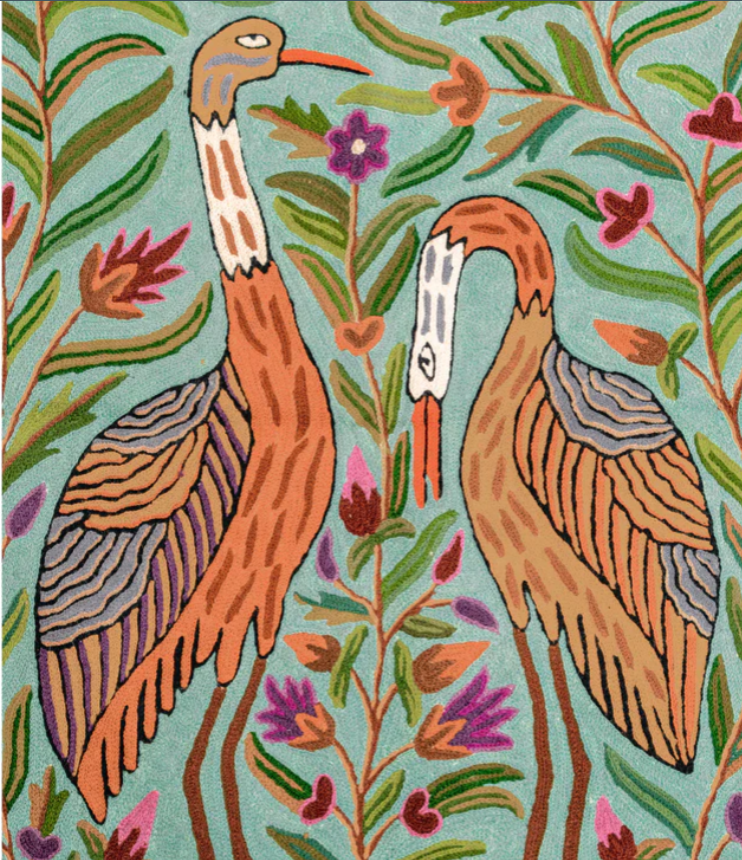
Locally available natural materials are used to make traditional wall paintings in Jammu & Kashmir. Tribal artists employ a combination of lime, clay, and natural pigments created from minerals, vegetables, and charcoal to obtain bold colors. The use of minimum materials highlights the environmental-friendly nature of this art since it is based entirely on renewable resources. With the natural materials and professional techniques, striking colors and texture are enhanced in the murals, producing artwork that harmonizes beautifully with nature.
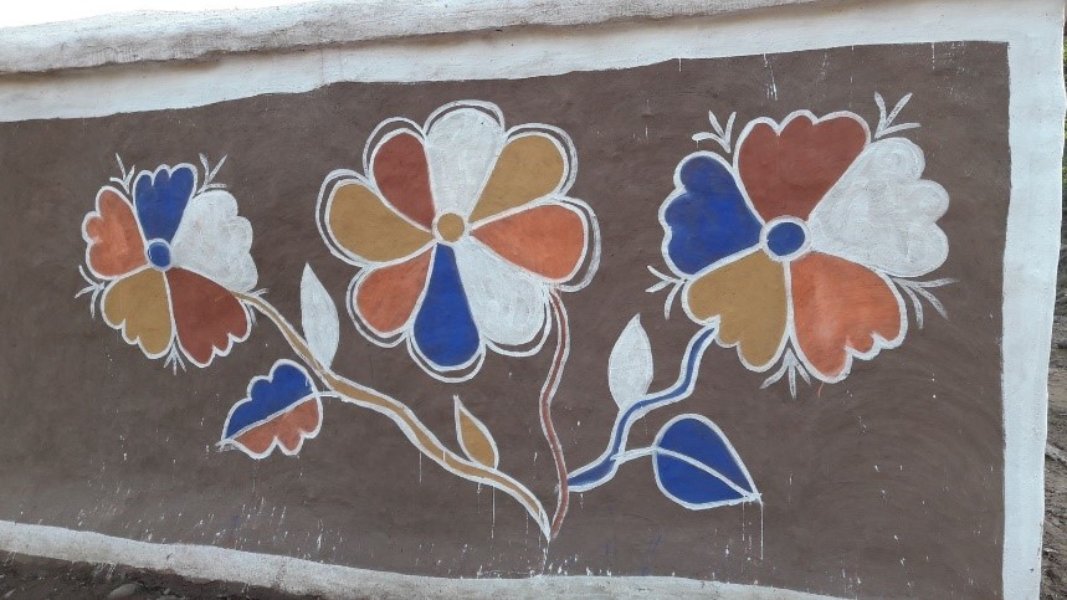
Wall murals have various purposes in the tribes. Apart from the aesthetic role, the murals also work as a source of cultural transmission and heritage. Houses that are decorated with the murals represent the values, beliefs, and spiritual aspects of the community. The wall murals also contribute to the beauty and beauty of the houses, providing the homes with distinctive personalized features. The murals are also usually renewed or repainted during festivals and rituals, further symbolizing the significance of the murals.
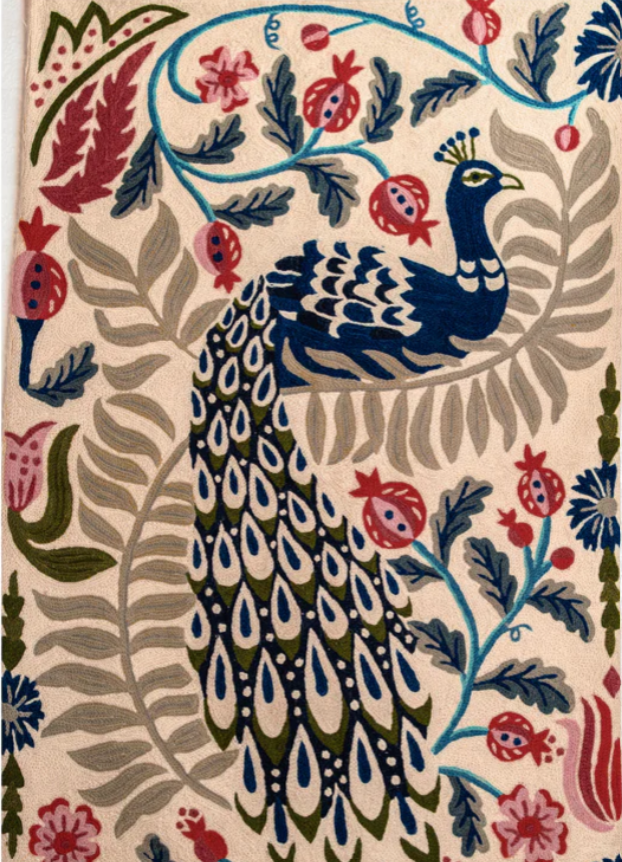
The cultural importance of wall paintings is deep-seated in these tribes, symbolizing a connection to the past traditions and their philosophies. The use of symbols, colors, and designs in the murals conveys stories of their creation, faith, and way of life. Tribes express their admiration for nature and comprehension of the world through wall art. The method of expression also keeps traditional wisdom alive, as each artwork is handed down through generations, ensuring the tribe's cultural continuity and pride.
